The 26th JCT Traffic Signal Symposium & Exhibition
The JCT Symposium website has moved!
For 2023 and onwards, information and bookings for the JCT Symposium and MOVA User Group will be at our new dedicated JCT Symposium website. This section of the JCT Consultancy website will remain as an archive of past symposia but will not be updated with new content for future events or be used to receive bookings.
Wednesday 15th September and Thursday 16th September at Nottingham Trent University, Nottingham City Campus.

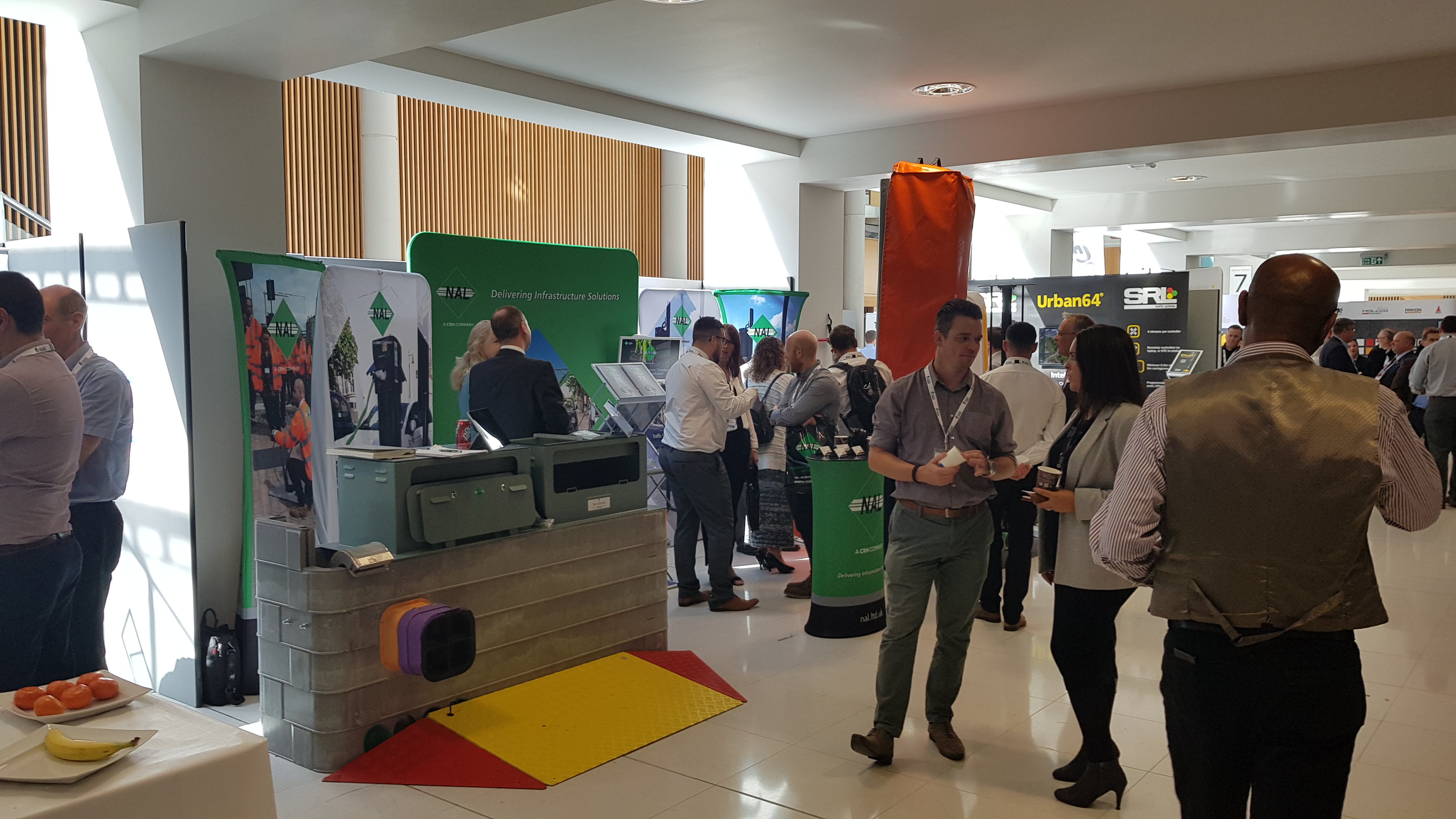
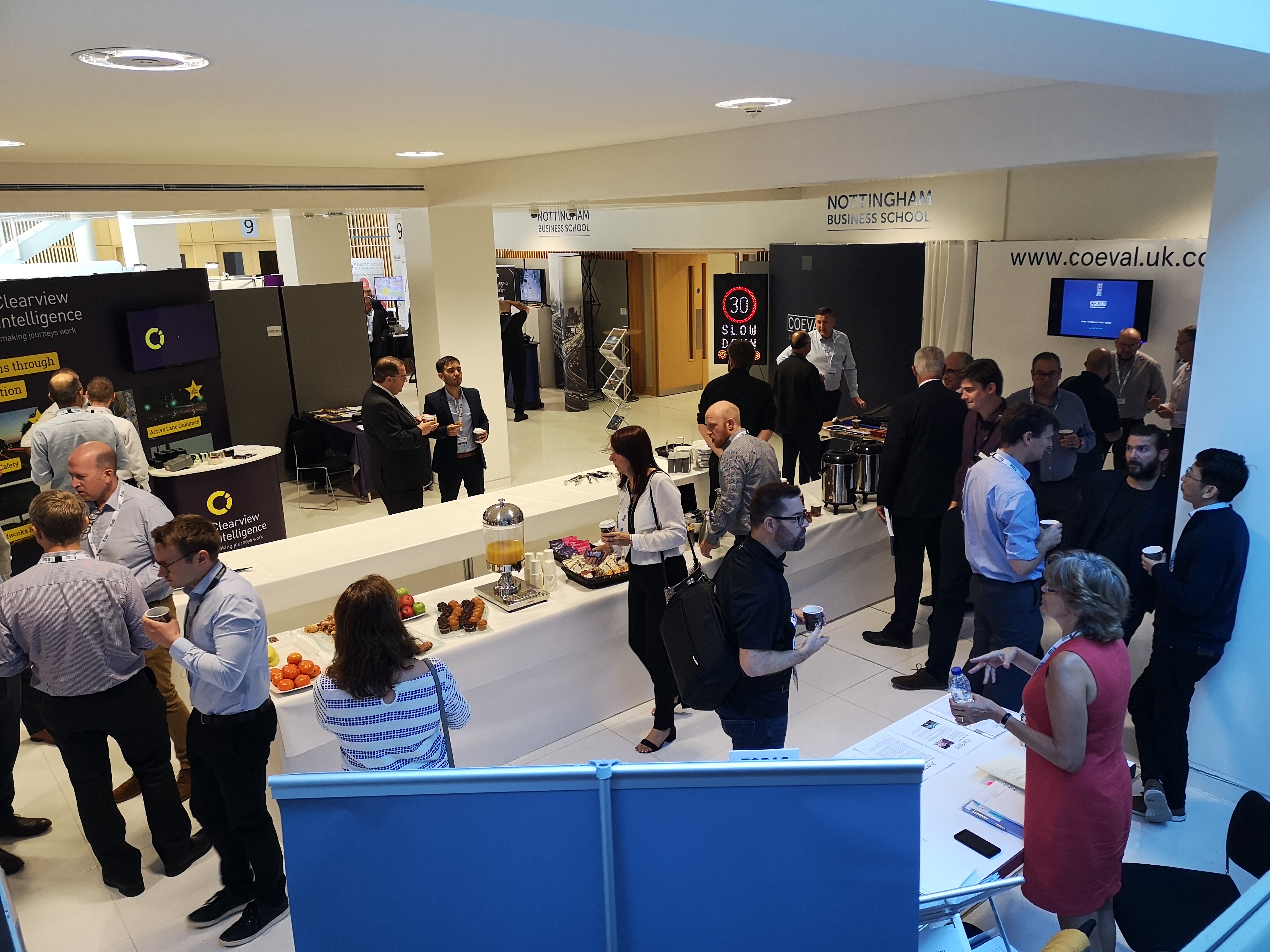
Special Events Sponsored by:

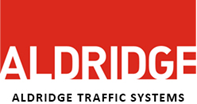


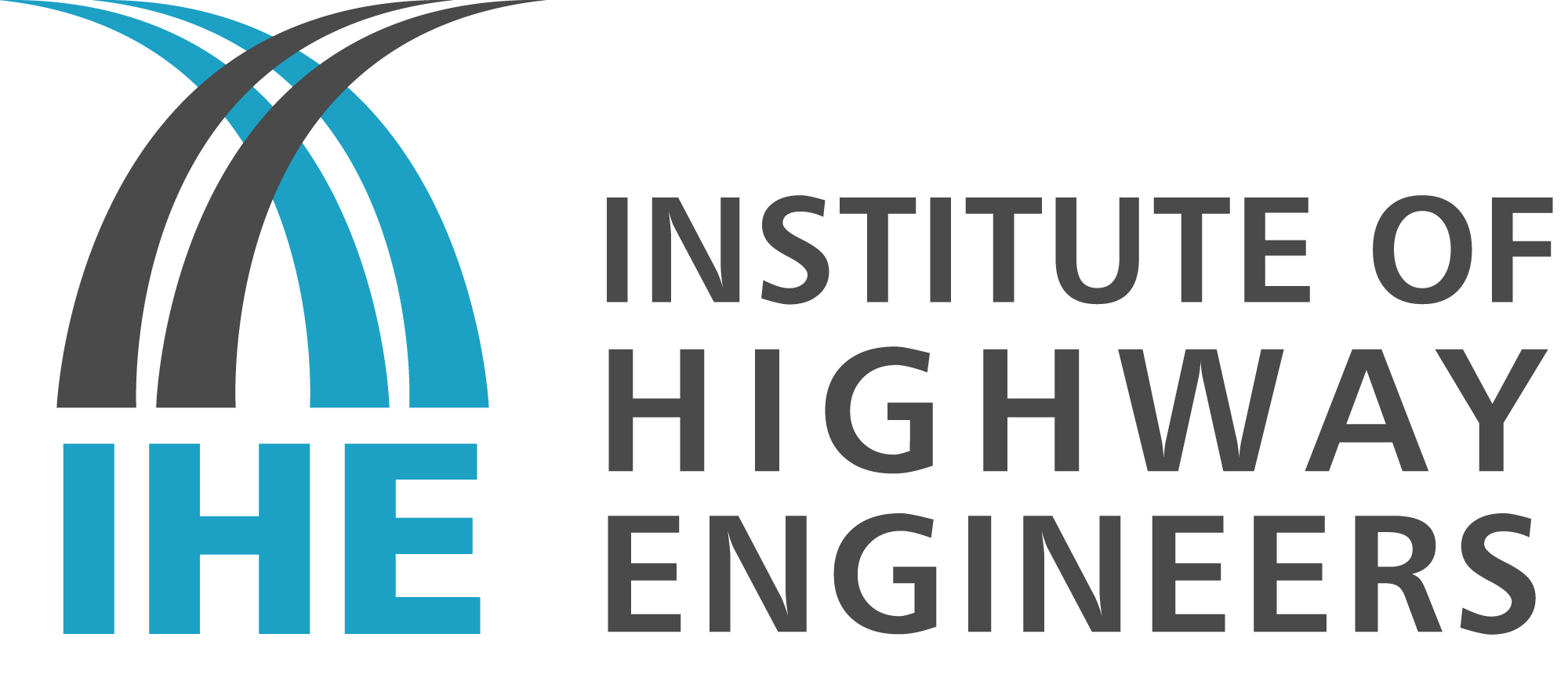

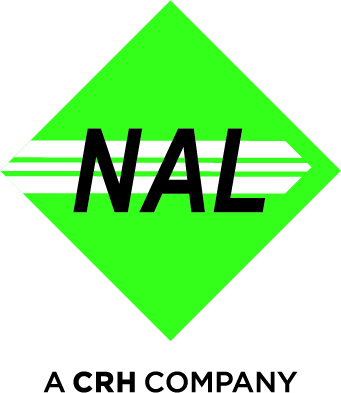





The 2021 Symposium was held at Nottingham Trent University, Nottingham City Campus on Wednesday 15th September and Thursday 16th September 2021.
The format of the event was the same as in previous years and included a Symposium programme filled with topical
presentations, a specialist Exhibition, and plenty of opportunities to catch up with old friends and colleagues
and network with new contacts.
The MOVA User Group was also held at the City Campus on Tuesday 14th September.
Overview
For 25 years the JCT Symposium and exhibition has been bringing traffic signal practitioners together with manufacturers and to maintain a sense of community amongst signals engineers. It is intended to run as an affordable conference that is accessible to as many people as possible, regardless of experience and that encourages the exchange of knowledge, experience and good practice. Over the past few years, the symposium has consolidated its position as the UK's best conference event for traffic signals.
The Symposium & Exhibition runs over two days, and is preceded by the MOVA user group. It mixes conference style papers, the principal manufacturers, networking opportunities and organised social events in the evening. As far as content goes, the emphasis is on the signals community itself and JCT seeks submission of papers and presentations from working signal engineers, manufacturers and suppliers. The broad appeal of the programme means that papers are also welcome from policy makers, interest groups, and academics. If you would like to share your experience with the signals community then please let us know and we will do everything we can to help you including subsidising attendance at this event.
Prizes 2021
The 2021 Symposium Prizes were Sponsored by the Institute of Highway Engineers who
also provided the Judging Panel.
This year's prizes were awarded as follows:
Overall Best Paper
Winner: Three years of developing AI for traffic signals
Raquel Velasco - Vivacity & David Watts – TfGM
Highly Commended: Untangling Canford Bottom
Tom Sidall - 4Way Consulting Ltd
Best Presentation
Winner: Creating a new approach to adaptive traffic control
Dr Andy Hamilton – Yunex Traffic
Highly Commended: Predicting and comparing traffic management response plans to
mitigate tail pipe emissions in real time.
Gavin Jackman – Aimsun
Most Thought Provoking Paper
Winner: UTMC is dead! Long live UTMC!
Simon Notley – Dynniq
Highly Commended: The Appeal to Novelty Fallacy: transportation data and technology in
an urban context.
Christopher Kettell – TRL Software
Most Innovative Presentation
Winner: Real Time Transport Modelling at the City of York
Michael Oliver - PTV & James Guilliatt – City of York Council
Paper Most Likely to promote Best Value
Winner: TfL Bus Priority Update - extracting more and more value out of our bus priority system
Michael Bloomfield & Chris Cockbill - TfL
Highly Commended: Managing London’s recovery from the COVID pandemic
Andrew Wiseall & Golnaz Ghafghazi - TfL
Most Promising New Product or Innovation:
Winner: The Role of ITS in Improving Quality of Life through a Flood Warning System in the
Yorkshire Dales National Park
Andrew Walker – Swarco
Highly Commended: Prioritising pedestrians and cyclists safety
Pierre Trotobas – FLOWELL by COLAS
2021 Symposium Papers
The Symposium Programme consisted of 24 papers from a range of speakers.
The Symposium's papers are written and presented by the signals community itself and JCT actively
seeks submission of papers and presentations from working signal engineers, manufacturers
and suppliers as well as policy makers, interest groups, and academics.
|
Keynote: Digital Standards for Describing Traffic Signal Installations
As we move to connected and then automated vehicles, and a digital age for roads more generally, how we identify, specify,
maintain and operate traffic signal and other infrastructure needs to change too. Watch Presentation | |
|
Prioritising Pedestrians and Cyclists Safety
Managing streets, pavements & spaces in the 21st century is HARD. Complex interactions between different mobility users
and the evolving road and pavement usage along with rapid technology and subsequent cultural change need to be managed in
a way to protect and enable all users. Watch Presentation Download Here |
TRUGRD Stream Combined Radar/CCTV and NOVUS Data Aggregator for traffic applications
The new TRUGRD Stream combined radar/CCTV and NOVUS data analytics module for use in traffic data collection at either signalised junctions
or dedicated data collection sites offers an intelligent 24Ghz multi lane radar with a 2MP inbuilt camera and is effective for detecting and
classifying vehicles, cyclists and pedestrians. Watch Presentation Download Here |
|
Narrowing the Divide The paper will Talk about the coming together of the Portable and Permanent Traffic Control worlds, bringing enhanced features including control, monitoring and operational mode to the once isolated temporary traffic signals. Watch Presentation Download Here |
Untangling Canford Bottom
Canford Bottom is a relatively compact hamburger style roundabout on the A31, near Bournemouth. As a busy trunk road and popular
holiday route, the area can suffer congestion regularly, with Highways England receiving multiple complaints about the performance of
the signals at the roundabout. The paper and presentation will focus on the works undertaken by 4way Consulting, in partnership with Kier and
Highways England, to identify problems in the signal control, and to design, trial and validate simplified control of the site. Watch Presentation Download Here |
|
Setting Up First Line Signals Maintenance The presentation will focus on the process we used in providing a first-line-traffic signal maintenance service in-house for the first time in over 25 years. I will look at the challenges faced and provided some advantages / disadvantages to running an in-house ITS first-line maintenance service. Watch Presentation Download Here |
Three years of developing AI for traffic signals- how far have we come, and what next? An overview of the project in Manchester, which will be finishing its original incarnation by then, a summary of the overall learnings, and an exploration of the (many) expansion projects coming from that. Download Here Watch Presentation |
|
Listening to the Voice of Experience and Working Together to Reduce Risks Associated with Working at Height
Nobody goes to work in the morning expecting to have an accident or become a fatality statistic. According to the Health and Safety Executive (HSE)
working at height risks are one of the major causes of workplace injuries and deaths. Over the last 5 years c.25% of workplace deaths have been attributed
to this risk, with an average of 34 deaths per year during this period (HSE 2020). Watch Presentation Download Here |
UTMC is dead! Long live UTMC!
The UTMC framework is an anachronistic relic based on technologies that are insecure, out-dated and largely unknown to anyone graduating as a software engineer
in the last decade. By lazily specifying "UTMC compliant" rather than providing proper functional specifications, buyers are shutting out modern,
innovative products that would deliver better value. Watch Presentation Download Here |
|
GLOSA at York with CarFlow Dynniq and the City of York Council would like to share the innovations and challenges of bringing GLOSA to drivers in York. Areas covered: what it is and how it works; changes to existing equipment/systems; open data and SDK; and implementation experience. Watch Presentation Download Here |
Real Time Transport Modelling at the City of York Historically, the City of York Council (CYC) manages the live transport network through staff monitoring CCTV and social media feeds, with Network Monitoring Operators (NMOs) and transport engineers manually implementing new plans and signal changes to ease network issues. In 2021, as part of a DfT-funded project called STEP, a Real Time Transport Model has been implemented to support NMOs to adopt a more pro-active approach in monitoring and influencing the network. In our presentation, we will explain to the Symposium the benefits of the Real Time Model for NMOs, and how it was integrated with live data assets including traffic signals. Watch Presentation Download Here |
|
TfL Bus Priority Update - extracting more and more value out of our bus priority system In a follow up to last year's presentation ("Bus Priority in London – getting more out of what we have"), Michael and Chris will showcase the further work Network Performance Delivery have undertaken that is delivering ever increasing levels of bus priority in London without the need for new hardware. Innovation and data analysis is once again at the core of this presentation, but once again the focus is on extracting more from the existing system without deploying new equipment on street. Watch Presentation Download Here |
Evolution of TfL's traffic modelling guidance documents in response to London’s changing environment During this presentation, TfL introduces its modelling guidance framework, including the newly updated Traffic Modelling Guidelines document and the Model Auditing Process. The documents' editors will discuss the challenges faced in London since the last version of the Guidelines was published and how TfL's modelling processes have adapted to these changes. Watch Presentation |
|
Managing London’s recovery from the COVID pandemic The last year has been a whirlwind of change for London's road network which has led to TfL adopting new ways of monitoring, modelling and operating London's road network. In a follow up to our presentation at last year's conference, Andrew and Golnaz will talk about the adaptations that TfL has made in its approach to evaluating the impact of experimental schemes, including Low Traffic Neighbourhoods. The recovery from the pandemic has also led to widespread changes in the way the Network Performance team operates and monitors the effects of both these schemes and the public's changing travel patterns. Watch Presentation |
The role of ITS in improving quality of life through a Flood warning system in the Yorkshire Dales National Park
This paper focusses on the role of ITS in improving quality of life through a Flood warning system in the Yorkshire Dales national park. Watch Presentation Download Here |
|
Off Slip GLOSA – Emissions benefits and other trial outcomes GLOSA - Green Light Optimised Speed Advisory - being the connected vehicle technology that provides signal timings in-vehicle, and includes speed advice to enable drivers to smooth their driving and get through the signals they are approaching on the next green with less acceleration/deceleration (start/stop). This Amey led Highways England funded project, on off-slips in the Greater Manchester area, using data from a (real time) link to TfGM's UTC system, has demonstrated both NOx and Carbon emission reductions for freight vehicles. Watch Presentation |
Predicting and comparing traffic management response plans to mitigate tail pipe emissions in real time
NEVFMA is the UK’s first fully operational, county-wide predictive model for the Highways England strategic road network in Oxfordshire. The model predicts
not only traffic but also emissions, with a real-time, traffic-linked pollution dispersion model. This delivery uses a large-scale model of the county of
Oxfordshire that is connected in real-time to ITS systems and uses traffic simulation to reduce congestion and harmful, traffic-related emissions. Watch Presentation Download Here |
|
TOPAS – It's for YOU!
TOPAS has been in full operation since 2016, when it took over responsibility for maintaining the range of TR 25XX
specifications relinquished by the Highways Agency, as it transitioned to become Highways England. Since 2016, the main
focus of TOPAS has been to manage and update this suite of specifications and to develop new specifications where a need is
identified. Watch Presentation Download Here |
Creating a new approach to adaptive traffic control Dr Felix Rudolph and Dr Andy Hamilton from Yunex Traffic (the new name for Siemens Mobility, ITS) share their insights and thoughts on both the challenges and opportunities of developing an entirely new adaptive control algorithm. The company is developing FUSION to replace existing technology, building on what’s good but delivering a step change in policy driven control, network awareness and efficiency. Watch Presentation |
|
A New Flexible Signal Phase and Timing (SPaT) Algorithm and Connected-ITS Enabler in Manchester This presentation will review the development, application and impact of a new SPaT algorithm recently tested by Yunex Traffic (the new name for Siemens Mobility, ITS) in Manchester as part of Project Synergy. Deploying SPaT on the largest and most complex intersection to date has provided a number of insights into the value of SPaT and related C-ITS messages in the future deployment of connected autonomous vehicles . The presentation will share some of these findings and also consider the challenges and benefits of integrating SPaT and MAP messages with third party OBUs, and the generation and distribution of IVI messages. Watch Presentation Download Here |
IHE Passive Safety Electrical Guide 2021 – Electrical Requirements for Passively Safe ITS Roadside Installations to BS EN 12767
This presentation introduces the new IHE Passive Safety Electrical Guide which has been written by Alistair Gollop on behalf of the
Institute of Highway Engineers. The necessity for the new guidance document has been heightened due to changes in the current version
of the BS EN 12767 standard, which includes the removal of electrical requirements from the National Annex. Due to the complexity of
cable arrangements found in typical ITS installations such as traffic signals, this omission poses potential problems to practitioners
undertaking the design, specification or management of ITS equipment. Watch Presentation Download Here |
|
The Appeal to Novelty Fallacy: Transportation Data and Technology in an Urban Context A highly engaging critical review of the applications of transportation data and technology in the urban context, presented by TRL Software's Christopher Kettell. Covering the what we had yesterday, what we have today, what we need tomorrow and the perils of the appeal to novelty. Christopher will discuss the importance of innovation with purpose and present a path less travelled on the use and application of open data in making better decisions. Download Here |
The Manual for Smart Streets
Connected Places Catapult is working with the DfT this year to develop the Manual for Smart Streets, a guidance document
that can be used in England to inform the approach to delivering cooperative traffic management services.
I’d like to share with you and overview of our work to date and approach. Watch Presentation |
Exhibition
The Symposium has had a parallel exhibition for many years and features the main companies working in traffic control. Entry to the exhibition is free for Symposium delegates.
|
|
Event Sponsors for 2021
As in previous years the Symposium was sponsored by several major companies from the traffic control industry. Yunex Traffic generously sponsored the main Gala Dinner on the Wednesday evening.
- Gala Dinner (Wednesday Evening) - Yunex Traffic
- Barbecue Night (Tuesday Evening) - Aldridge Traffic
- Wednesday Lunch - SRL
- Wednesday Night Drinks Reception - Swarco
- Evening Social Networking on Tuesday and Wednesday - Aimsun, ARTSM, Dynniq, NAL, Swarco, SRL, TRP, JCT Consultancy
- Delegate Goody Bags - Dynniq
- Lanyards - PTV
- Treasure Hunt - ITS UK
- Symposium Prizes - IHE
Further Information
If you would like any further information regarding the Symposium or Exhibition please don't hesitate to contact us at symposium@jctconsultancy.co.uk.
 |
|
 |
|
 |
|

Site search
Upcoming courses
13 May 2024: Understanding and Optimising Mobile Technologies for traffic and transportation applications ...more
13 May 2024: Practical Application of MOVA Computer Workshop including the use of MOVA Tools and MOVA Simulation ...more
14 May 2024: Introduction to Traffic Signals ...more
21 May 2024: Online Basic Introduction to Traffic Signals for SCATS based regions (€90 discount for ITS Ireland members) ...more
04 Jun 2024: Interpretation and writing of TOPAS 2500 Controller Specification forms for Transport Modellers and Design Engineers ...more
Subscribe to email updates
To subscribe to Course, Software or Symposium update emails, please click here